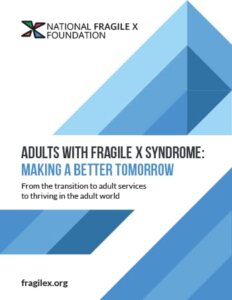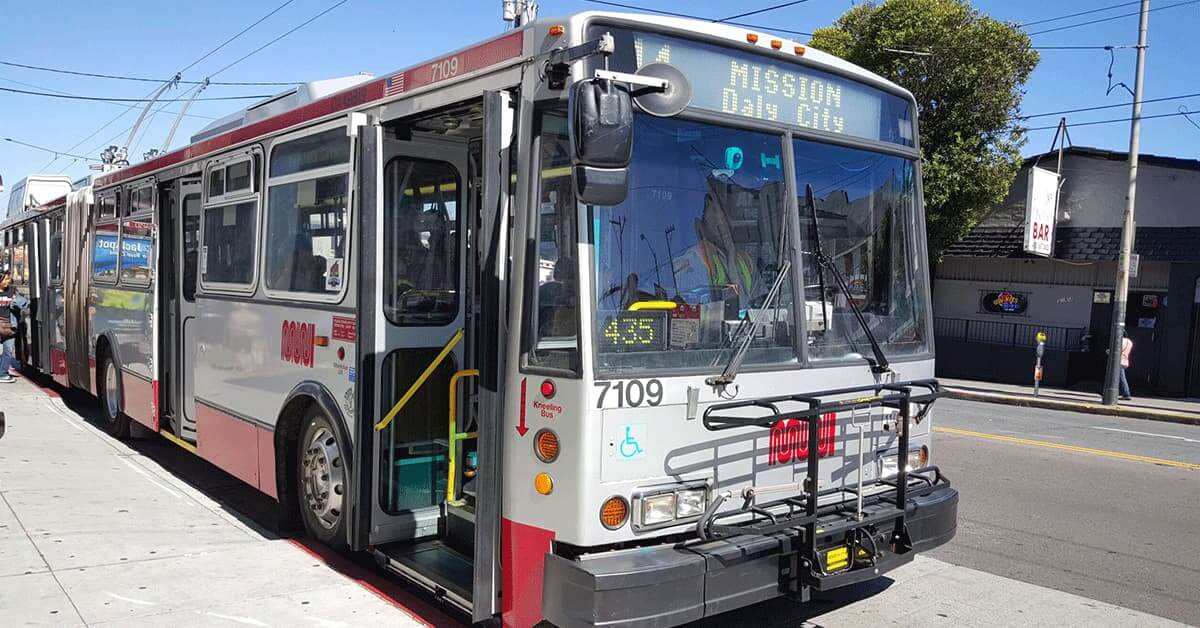By Jasmine Shen
Moving out of the house is a major step in any young adult’s life. To make the transition as smooth as possible, there are many aspects that should be considered. Here are some helpful tips from the Fragile X eBook that provide insight into various housing options, sources of funding, and points to consider before the big move.
It’s first important to note that while it’s never too late to start, the sooner the better.
Ideally, the moving process and transition should begin when your young adult is in high school. Starting the process itself may be daunting at first, but resources such as your local county disability organization and other parents who are knowledgeable about the system in your state may be useful.
If you don’t know your local disability organization, you can reach out to your local Arc office (search for “Arc of [your state]” or try their Find a Chapter tool), or visit the ECTA list of Part C coordinators by state, who can help with all state disability programs.
When figuring out which resources are the most helpful in beginning the moving process, it’s also beneficial to have a list of questions ready. Here are some helpful questions to guide the transition:
- How does the housing system work in our state?
- Is there/how much of a wait list is there?
- What are the housing options?
- What do I have to do to move this process forward?
Identify the Housing Options Most Important to You
Often, there is not a list of housing options in your state or area. Housing options can vary drastically from state to state, and even county to county. Additionally, just as options may not be identical within counties and states, every individual with Fragile X expresses a specific and unique set of needs. Instead of expecting a standardized housing model, it’s helpful to first create a list of the options most important to you and your young adult.
List of Centers for Independent Living and State Plan for Independent Living by State
From the Administration for Community Living, find the state plan for independent living (SPILs) and centers for independent living (CILs) in your state.
Information for Disabled Persons
From the Department of Housing and Urban Development, frequently asked questions on the housing rights of people with disabilities and the responsibilities of housing providers and building and design professionals under federal law.
Housing Help: Housing Resources for People with Disabilities
From the Official Guide to Government Information and Services, a variety of federal, state, and local housing programs to help you find and afford a place to live, modify an existing home for disabilities, or help with developing skills to live independently. Each program has its own eligibility rules and application process.
To correctly frame your expectations for when your young adult is ready to move out, understanding your source of funding is crucial. There are three types of funding:
- Public: Once the person with FXS qualifies for adult living services in your state/area, as their parent you’ll need to do the legwork to find out the options available in your state.
- Private: If you’ll be funding your young adult’s move, your options are wide open — as long as they’re within your budget. You’ll be able to place your young adult in an existing facility or you can create your own.
- Combination: You pay a portion of your young adult’s housing, with public funding covering the rest. This may or may not be an option for the housing situation you choose.
One caveat — if you move out of state after your young adult turns 21, you’ll need to understand how adult services work in the state you’re moving to in advance. If the proper precautions aren’t taken, you may not be able to get onto the waitlist until you physically move to the state, or you could end up on the bottom of their list.
The housing options available to your young adult may vary based on their level of independence. While it’s difficult to create a list that includes every option, understanding different options open to others with FXS may help start and frame your search. Based on your young adult’s level of independence, options include:
- Independent living environment.
- Shared living space.
- Solo living environment with levels of care provision.
- Shared living environments with various levels of care provision.
- Host home, living with a family with other individuals with disabilities.
- Intentional/life sharing communities, living and working with other individuals with and without disabilities.
- Residential educational facilities.
- Group home with adult supervision.
- Residential/assisted living.
During your search for the best housing options, you’ll want to consider factors such as:
- Location: It’s important to take into account that there may be a tradeoff between proximity and living situation. While it may be easy to consider the housing option closest to your home, it may not be the most beneficial situation for your child.
- Roommates: You may have little to no control over who your young adult lives with.
- Staff Turnover: It’s important to note that the staff that currently work at a specific living facility vary over time. Who you meet today may not be there tomorrow.
- Life Skills: You may also want to consider the atmosphere and level of education the living environment provides. Specific situations may resemble a college and be more education based, others may not prioritize education, and some may be in between.
The move-out process can be daunting to approach. However, understanding the options your state provides, establishing your wants and needs, and being mindful of every consideration and step will help ease the transition. For more information and a more comprehensive guide for moving out, check out our resources below.
author

Jasmine Shen
Jasmine worked as an intern for the National Fragile X Foundation during the summer of 2021. A student at Johns Hopkins, she is majoring in economics and public health. She loves hiking, baking, and spending time with family.
Adults with Fragile X Syndrome: Making a Better Tomorrow
We are building the ultimate guide to transitioning into and continuing to care for adults with Fragile X syndrome, one chapter at a time. Our free ebook helps you — parents and caregivers — make a better tomorrow for adults with Fragile X syndrome. They deserve it!
learn more
Transition to Adult Services for Individuals with Fragile X Syndrome
Our recommendations on transitioning to adult services, a consensus document from the Fragile X Clinical & Research Consortium.
Getting and Keeping a Job
It was late summer and Ian was 18 years old and he was getting ready to start the transition program at his high school, a program for students 18-21 years old after they graduate from high school. I had to figure out how to make this work.
Learning to Ride a Public Bus Independently
Learning to ride a public bus independently is a skill that many children with Fragile X syndrome (FXS) will be able to learn. Take it slow, focus on safety and routine, and guide them to independence.
List of CILs and SPILs. (06/21/2021). In ACL.gov. Retrieved August 18, 2021, from https://acl.gov/programs/centers-independent-living/list-cils-and-spils
Information for Disabled Persons. In HUD.gov. Retrieved August 18, 2021, from https://www.hud.gov/topics/information_for_disabled_persons
Housing Help. (April 27, 2021). In USA.gov. Retrieved August 18, 2021, from https://www.usa.gov/housing-help-audiences




